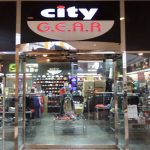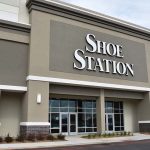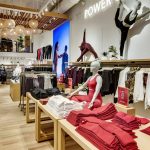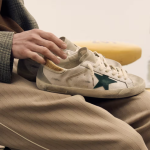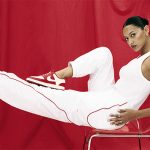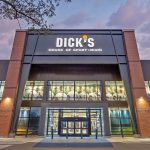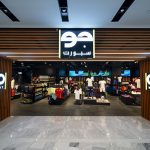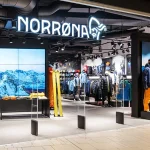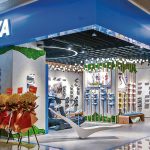In the bi-annual NSGA Cost of Doing Business survey, the trade organization has included backpacking and camping stores for the first time since the survey began. Also among the retailers surveyed were SnowSports shops and Bicycle specialty shops.
The study was compiled, tabulated and prepared by Industry Insights, Inc., a professional research and consulting firm which specializes in industry operating surveys, compensation studies, educational programs, and customized research services.
The survey was sent to five camping and backpacking retailers, 126 bicycle shops, and 32 ski shops. Since this is the first year for backpacking and camping shops to participate in the survey there were no numbers from last year to measure improvement. BOSS has pulled figures for Bicycle and SnowSports shops from the 2002-2003 study to compare year-on-year changes.
Out of the five outdoor specialty retail companies that participated, the typical, or mean, revenue per store came in at just over $2.4 million per year. The typical store size was 1,500 square feet with 3,600 selling square feet per store. This brought revenues per selling square foot to $389.
Equipment and hard goods sales made up 53% of total revenues, while clothing accounted for 26% and footwear was 21%. Equipment and clothing both had a typical gross margin of 48.0% and turned over 2.2 times while footwear had a GM of 41.0% and turned over 2.0 times.
In comparing these results to the same key metrics at all specialty retailers, backpacking and camping retailers appear to be performing well. Overall average revenue was $269,000 for stores under $500,000 and $682,000 for stores over half a million.
The average store size for the specialty industries was slightly smaller that most camping and backpacking stores, coming in at 2,150 square feet with 1,400 selling square feet. This made average revenues per selling square foot about half of what camping and outdoor posted only $160.
SnowSports specialty retailers have been covered by the NSGA survey for quite some time, and this year there were solid improvements in revenues per store, however this did not carry through into the bottom line. Total
Typical revenue jumped 48.5% from $0.8 million in the 2002-03 survey to nearly $1.2 million in the most recent edition. Net profit as a percentage of revenue dropped 270 basis points, from 6.9% two years ago to 4.2% currently.
The shifting dynamics between the ski and snowboard markets are continuing to change the makeup of the retail floor, and the sales going out the door. As a percentage of total revenues, ski equipment dropped 550 basis points to 60.6% while snowboard equipment only dropped 140 basis points to 15.4%.
The only category in SnowSports retail to show any improvement between studies was rental equipment, which climbed 280 basis points to 16.7% of all revenues.
The average size of a specialty ski shop is much higher than the average for the specialty market in general, and the back of the store is apparently growing. In the 2002-03 edition, the average ski shop was 5,450 square feet with 3,733 square feet of selling space. This year the mean size was 5,520 square feet with 3,317 selling square feet.
Productivity measured in revenues per square foot, and revenues per employee are falling. Square footage productivity fell 4.9% from $308 two years ago to $193 in the current report, while personnel productivity fell 8.4% to $130,400 per equivalent employee.
Bicycle specialty retailers did not see the large spike in revenues that ski retailers experienced, in fact revenues at the 126 participating bike shops fell 10.4% from just over half a million dollars two years ago down to $450,000 in the most recent survey. 94.1% of revenues at bicycle retailers were cycling related with bicycles making up 46.9%, parts and accessories were 35.1% of revenues, repair and service were 11.4%, and rentals made up 1.6%.
The only categories to show real growth were repair, which increased 100 basis points from 10.4% of total revenues in the 2002-03 study to 11.4% in this edition, and other, which also increased 100 basis points from 2.5% of revenue to 3.5% of revenue.
Net profits as a percentage of revenue fell at bicycle specialty also, dropping 230 basis points from 3.4% to 1.1%. Payroll expenses were kept under tight control, and dropped as a percentage of operating expense from 40.3% two years ago down to 38.5% currently.
The NSGA emphasizes that spotting significant differences between your own store's performance and the industry composites can be the first step toward improving performance. However, deviations from industry norms do not automatically call for action.
The full report provides data points for all of the metrics mentioned here plus details on free-standing stores compared to shopping centers, asset productivity, financial management, and much more. Other retail venues covered in the report include fitness, full line sporting goods, and big box. Copies of the report are available through the NSGA.
>>> This data is so comprehensive it is almost intimidating when you first look at it. Luckily, the NSGA has provided a top-notch introduction to help with the interpretation…


